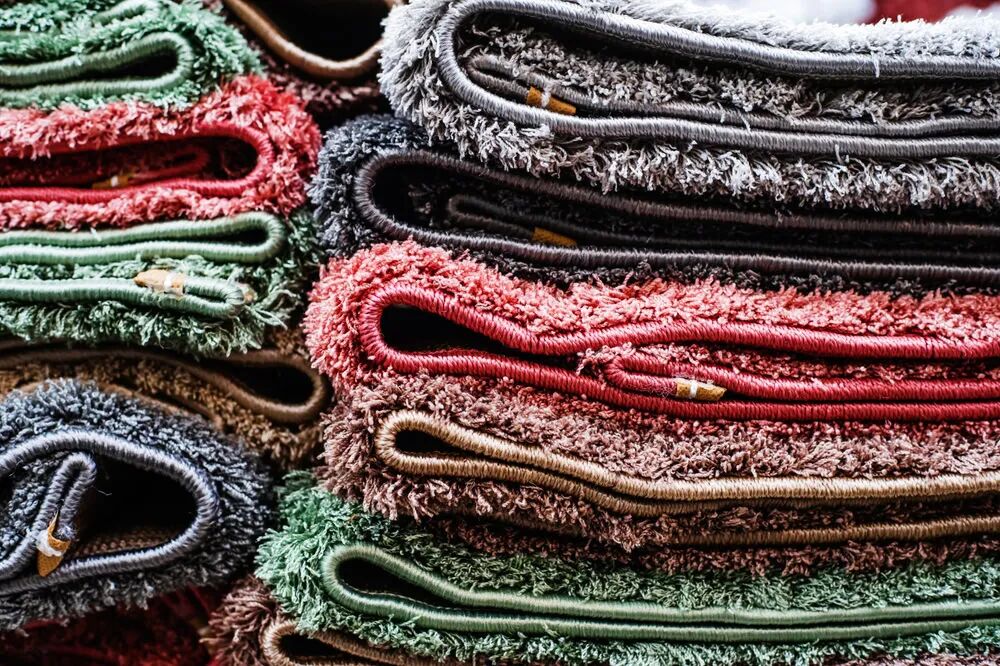UKFT Report: Non-Fashion Textiles Volume Actually Higher Than Fashion Textiles

The UK Fashion and Textile Association (UKFT) and the University of Leeds released a report revealing that approximately 326,400 tonnes of textiles, both post-consumer and post-industrial, are disposed of annually. Of this, non-fashion textiles account for 166,500 tonnes, while fashion textiles make up 159,900 tonnes. UKFT stated that this highlights a serious issue: non-fashion textiles, including those from the medical, service, automotive, and public sectors, face greater waste challenges than the fashion industry but are often overlooked.
Barriers to Enhancing Textile Circularity
Non-fashion textiles mainly consist of three components: post-consumer household, post-consumer commercial, and post-industrial. Post-consumer household includes home textiles and carpets, bedding, towels, curtains, drapes, and furniture upholstery.
Commercial and industrial non-fashion textiles consist of a wide range of applications, including safety pads, airbags, workwear, personal care products (PPE), medical devices, hygiene products, and by-products generated from textile production.
The study identifies the barriers to establishing a circular system for non-fashion textiles as including: lack of reliable data, waste composition, insufficient transparency in sales and distribution channels; and inadequate infrastructure, as most non-fashion textiles are processed through municipal waste collection systems, primarily incinerated or landfilled.
Fragmentation in sectors such as healthcare, automotive, and services limits cooperation and information exchange, thereby hindering the implementation of joint action plans.
The non-fashion textiles face challenges in disinfection and sterilization needs, handling of pollutants and chemicals, as well as brand restrictions, making their reuse complicated. Additionally, recycling and regeneration are hindered by the complex composition and post-processing processes of these non-fashion textiles.
Carry out investment and cooperation.
Suggestions to improve the circularity of non-fashion textiles include:
【Copyright and Disclaimer】The above information is collected and organized by PlastMatch. The copyright belongs to the original author. This article is reprinted for the purpose of providing more information, and it does not imply that PlastMatch endorses the views expressed in the article or guarantees its accuracy. If there are any errors in the source attribution or if your legitimate rights have been infringed, please contact us, and we will promptly correct or remove the content. If other media, websites, or individuals use the aforementioned content, they must clearly indicate the original source and origin of the work and assume legal responsibility on their own.
Most Popular
-

Zf asia-pacific innovation day: Multiple Cutting-Edge Technologies Launch, Leading Intelligent Electric Mobility
-

Mexico officially imposes tariffs on 1,400 chinese products, with rates up to 50%
-

List Released! Mexico Announces 50% Tariff On 1,371 China Product Categories
-

Fire at Sinopec Quanzhou Petrochemical Company: 7 Injured
-

Argentina Terminates Anti-Dumping Duties on Chinese PVC Profiles! Kingfa Technology & Siemens Sign Digital and Low-Carbon Cooperation Agreement






